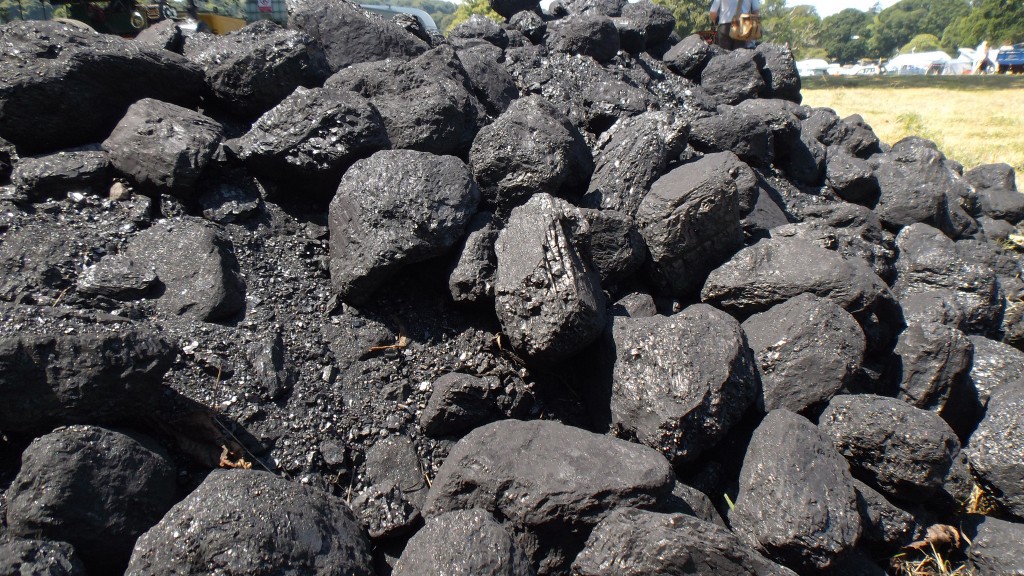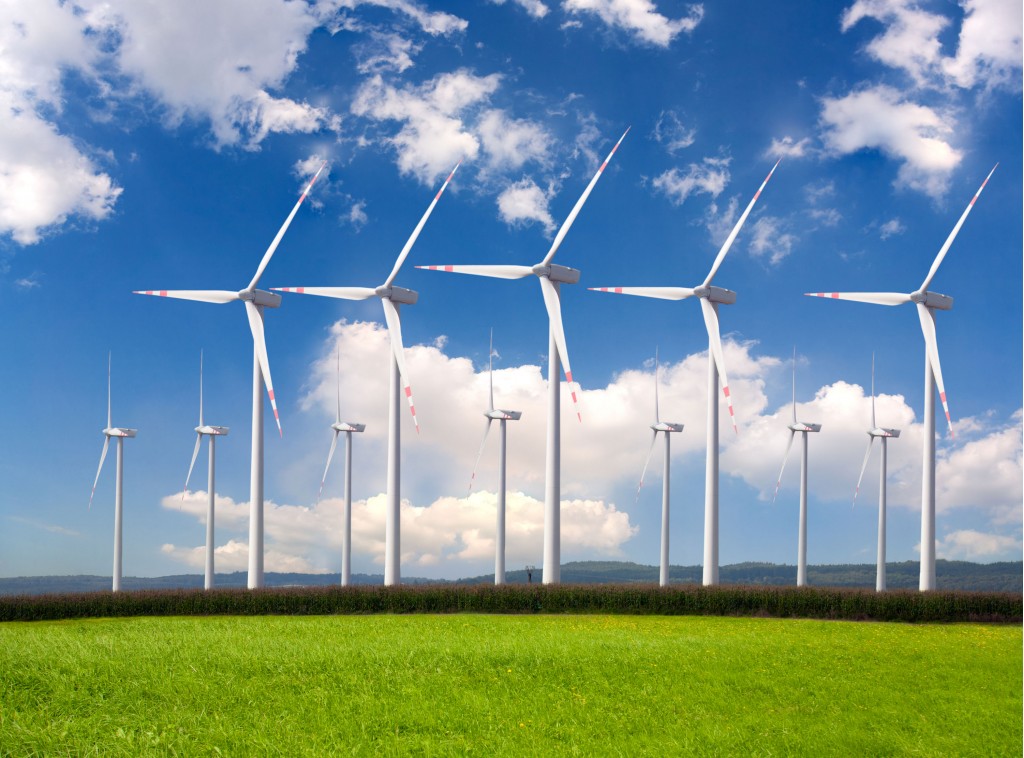After much discussion, the Environmental Protection Agency (EPA) has finalized its first-ever standards for carbon emissions from power plants.
Under the newly-finalized Clean Power Plan, the EPA will attempt to use its authority under the Clean Air Act to regulate carbon emissions from power plants.
The rules have been under development for roughly two years, and were unveiled on Monday by President Barack Obama in a speech at the White House.
DON'T MISS: EPA Power Plant Carbon Regulations Late, Hostile Congress Likely To Fight Them (Dec 2014)
A key element of the Clean Power Plan is a mandate to cut electrical utilities' carbon emissions by 32 percent from 2005 levels by the year 2030.
Obama said this reduction will be the equivalent of taking 166 million internal-combustion cars off the road.
The rule is expected to curtail the construction of new coal-fired power plants almost entirely, and force a shift to greater reliance on renewable energy.

Coal, by Flicker user oatsy40 (Used Under CC License)
Renewable sources such as solar and wind are expected to fill the gap in generating capacity left by reductions in coal-fired plants.
While a proposed version of the Clean Power Plan released last year allowed states to rely more on transitioning from coal to natural gas, the final plan will contain a greater push for renewable sources instead, according to The New York Times.
The final rule raises the share of generating capacity anticipated to come from renewable sources from 22 percent to 28 percent.
MORE: EPA's Coal-Plant Emissions Rules: This Will Be The Big Fight (Jun 2014)
Power plants account for the largest single source of U.S. carbon emissions, representing about 30 percent of the total.
States will be assigned individual carbon-reduction targets, and will be required to draft individual plans for reducing emissions.
They will be rewarded for taking action sooner, Obama said in his speech.

wind farm
Initial versions of the individual state plans must be submitted by 2016, with final versions due by 2018.
Once a plan is approved by the EPA, the rules require states to begin implementation by 2022.
Currently, 24 states have adopted some form of energy-savings target, according to the American Council for an Energy-Efficient Economy.
But now that the EPA's rules have been finalized, they will face an onslaught of legal challenges coming from both the energy industry and politicians who represent coal-producing states.

Photovoltaic solar power field at Volkswagen plant in Chattanooga, Tennessee
Senate majority leader Mitch McConnell [R-KY] is one of those politicians. His home state of Kentucky is a major coal producer, and its electric grid is one of the dirtiest in the country.
Advocacy groups expect stiff resistance from McConnell and like-minded politicians, who may discourage individual states from implementing any plans to cut their emissions.
Now that the EPA has released its rules, the issue of reducing carbon emissions--and, indeed, whether politicians are willing to say they accept the science of climate change in the first place--will likely become an issue in the 2016 presidential election.
If the Clean Power Plan can weather that storm, though, it will likely stand as the most significant piece of environmental policy enacted by the Obama Administration.
The plan also puts the U.S. in a good position to encourage other countries to undertake carbon-reduction measures at a major climate-change summit in Paris later this year.
_______________________________________________












